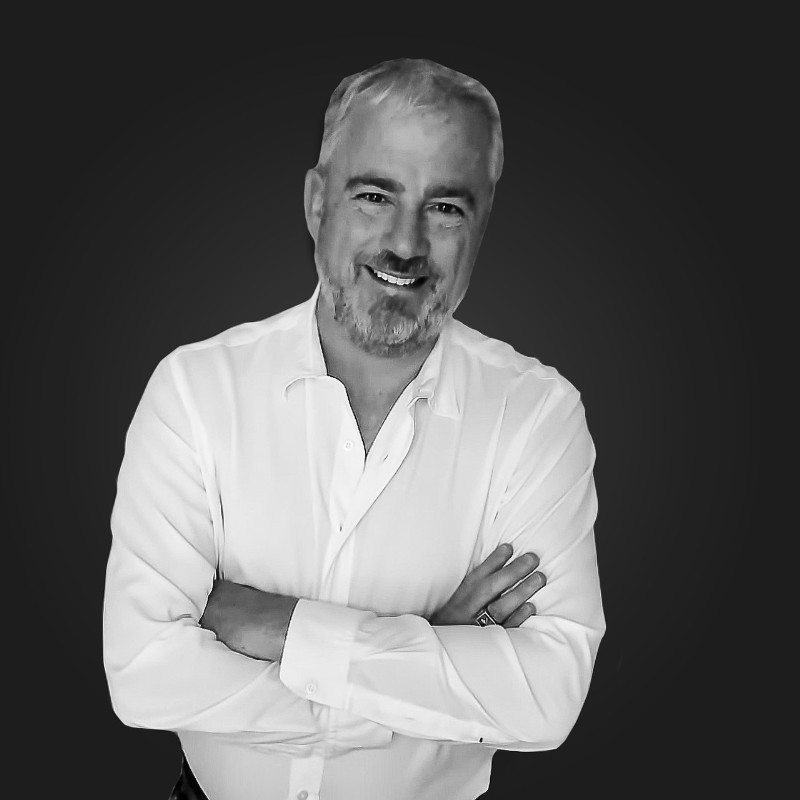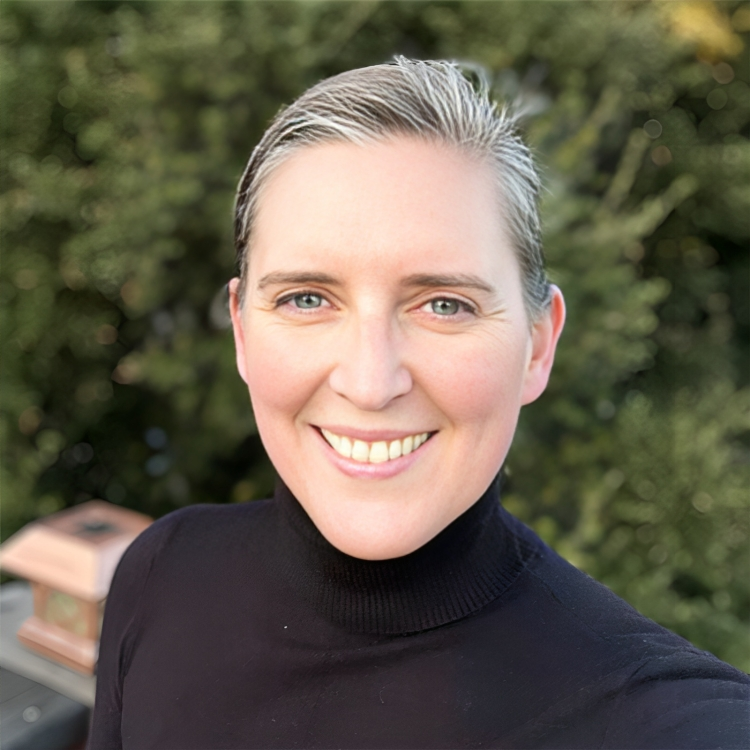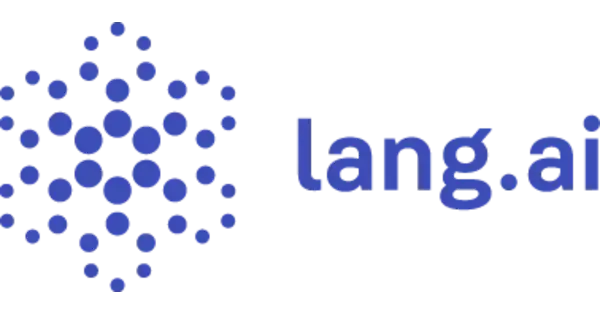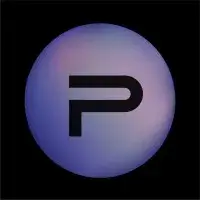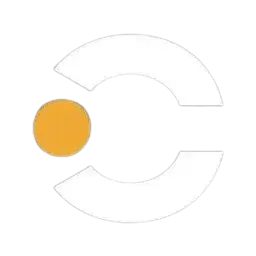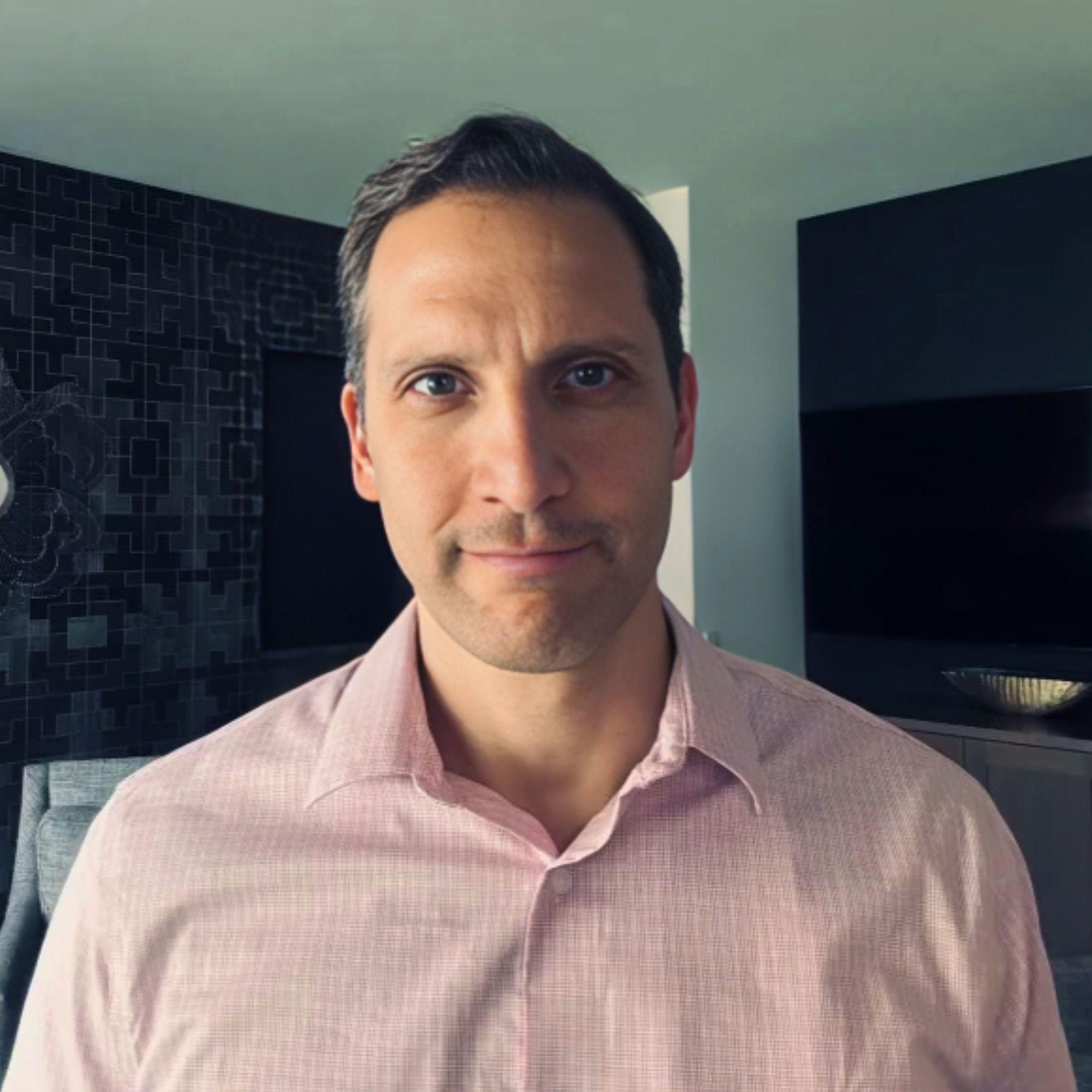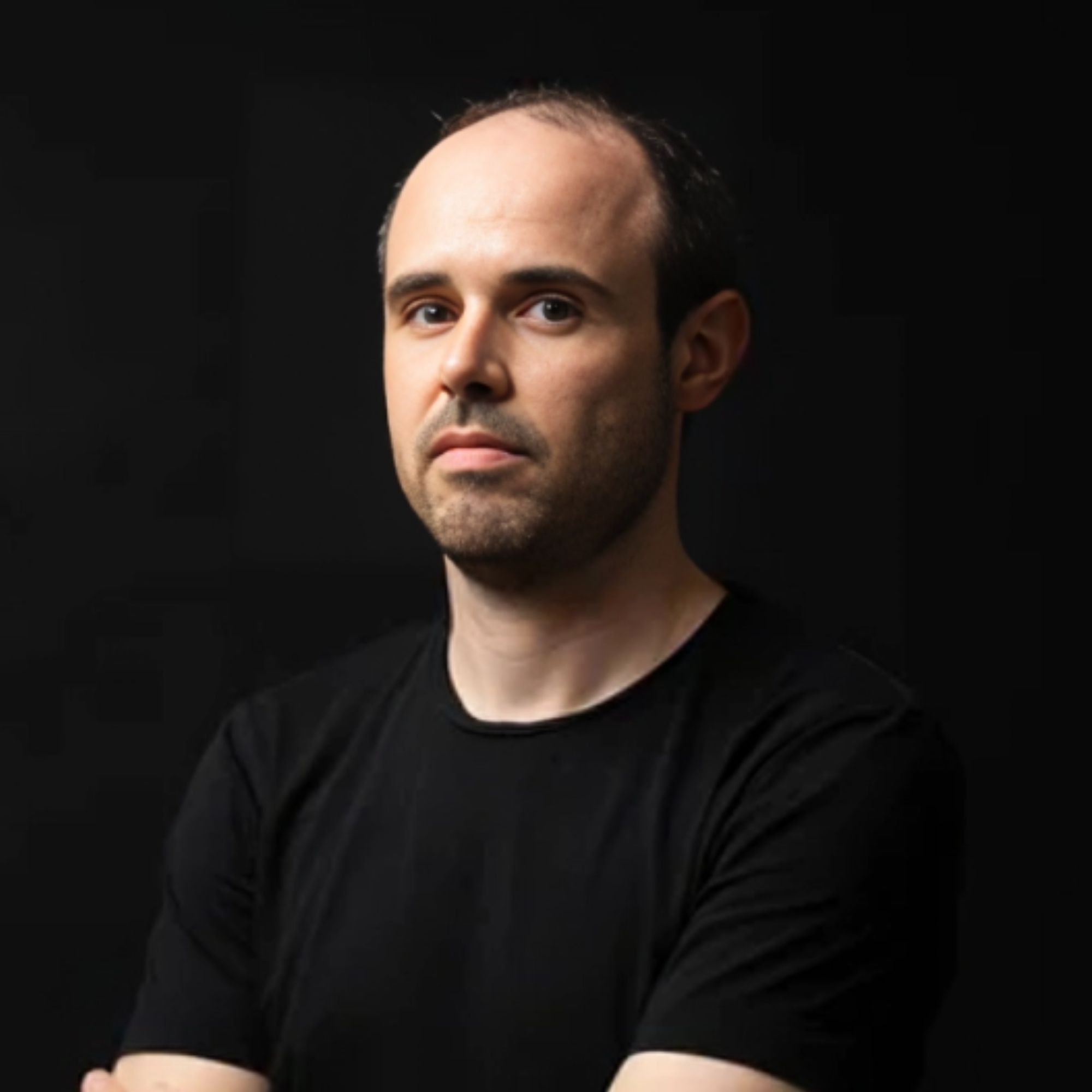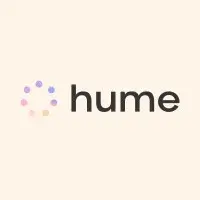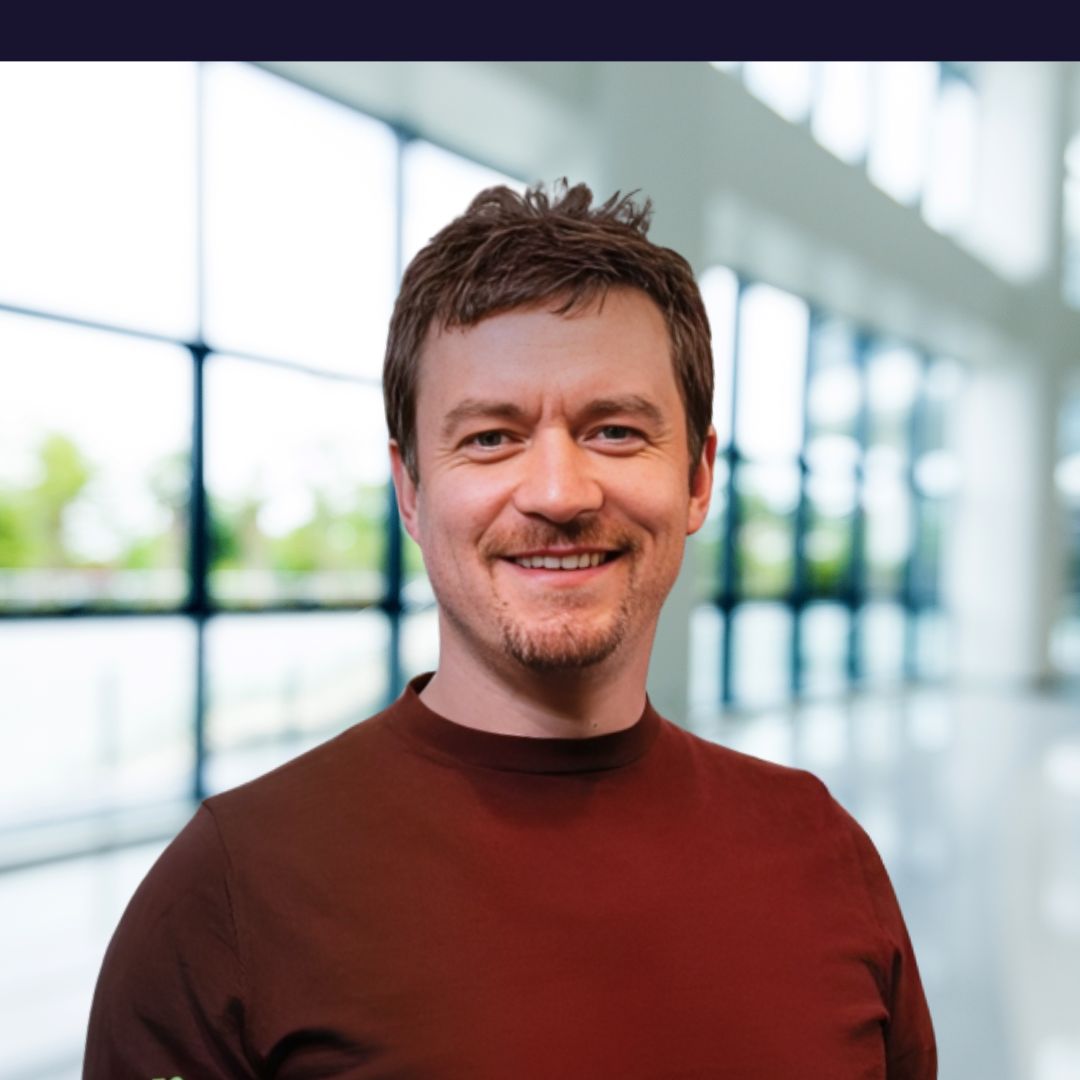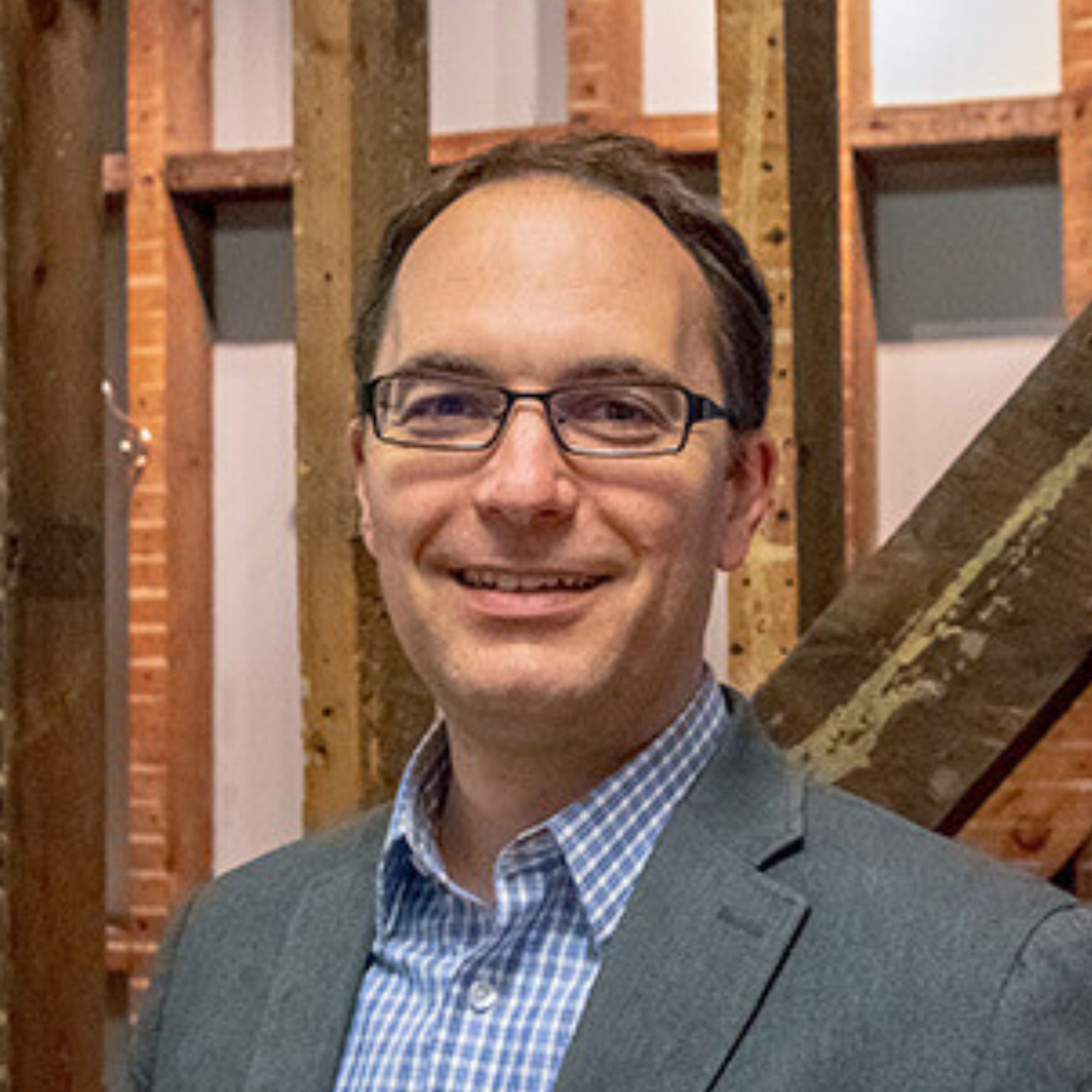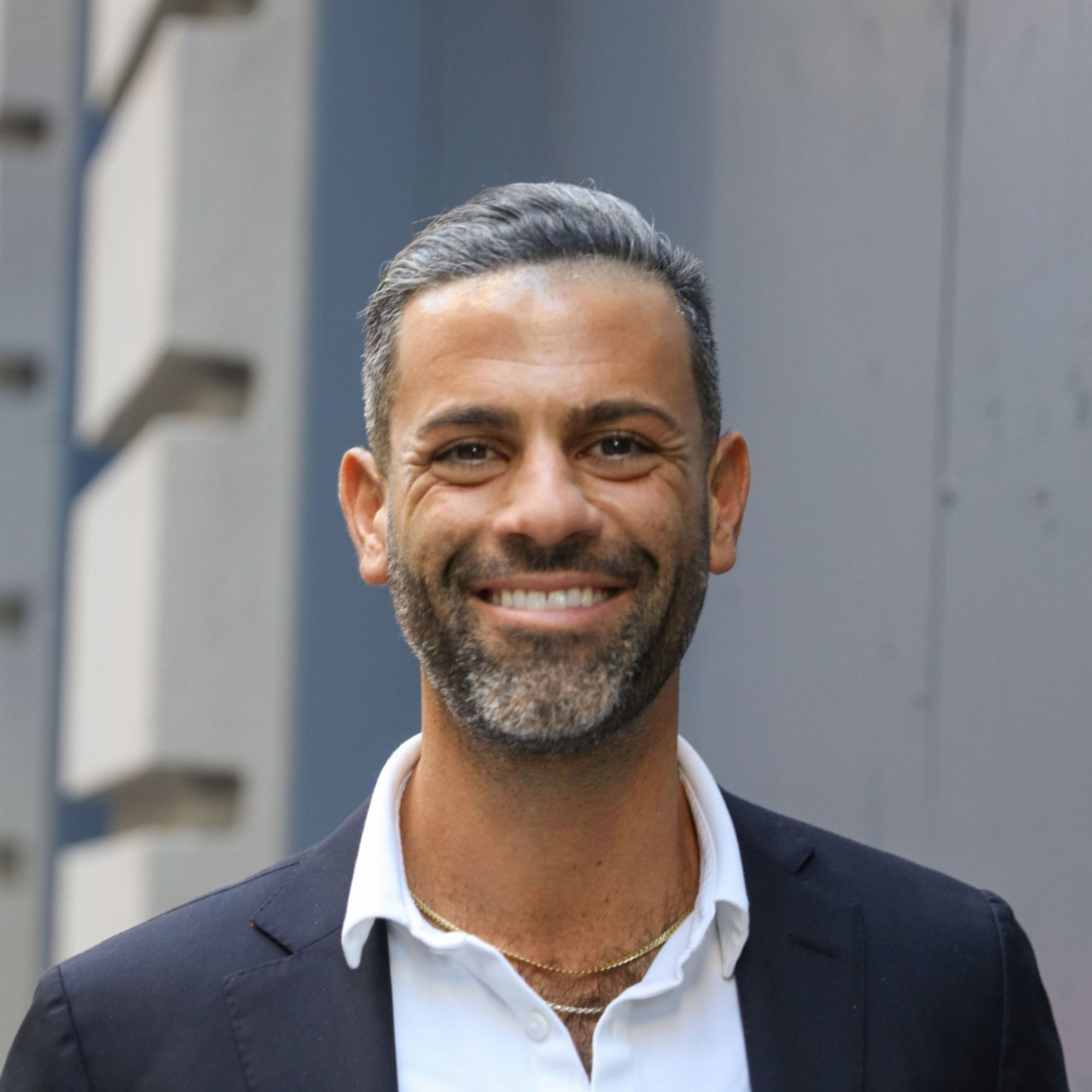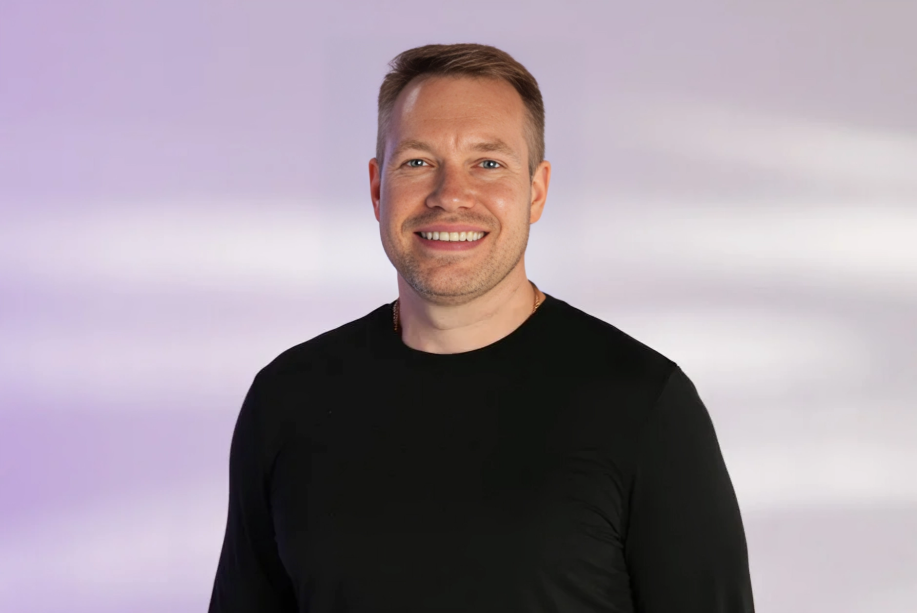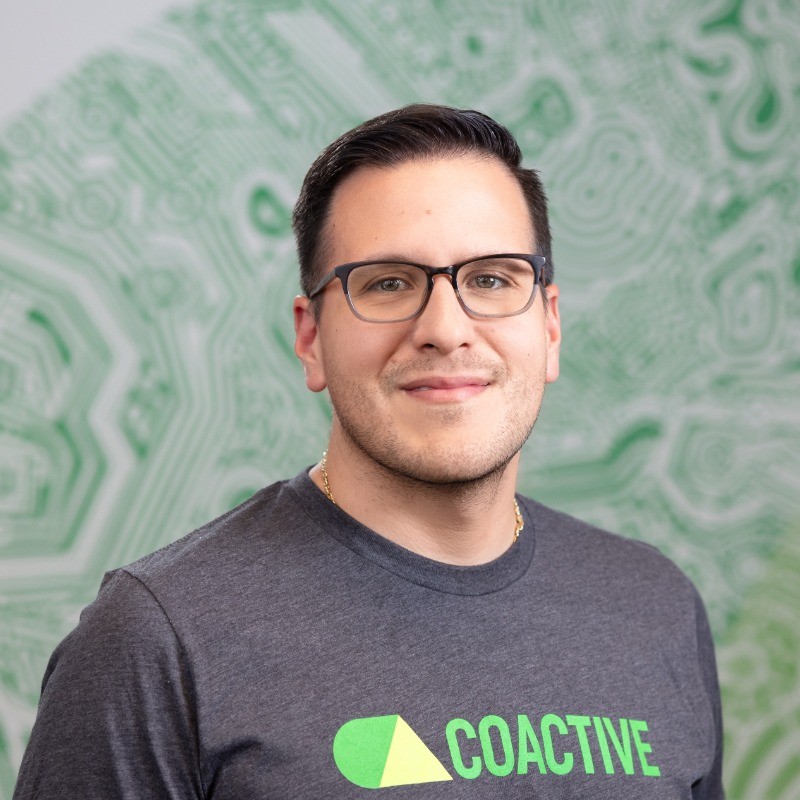Ready to launch your own podcast? Book a strategy call.
Frontlines.io | Where B2B Founders Talk GTM.
Strategic Communications Advisory For Visionary Founders
Conversation
Highlights
The Hidden Complexity of Building Developer Infrastructure: Lessons from TitanML’s Go-to-Market Evolution
Most founders building developer tools start with a technical insight. But the real challenge often lies in transforming that insight into a scalable business. In a recent episode of Category Visionaries, Meryem Arik shared how TitanML navigated the transition from building infrastructure to creating a repeatable go-to-market engine.
When TitanML began their journey in 2021, they bet on a future where deep learning would become ubiquitous. “We had a very strong intuition when we started it a couple of years ago that deep learning would be huge,” Meryem recalls. “And that inference would be a really key part of the problem.”
But having the right technical thesis wasn’t enough. The team had to learn how to sell – not just their product, but their vision of the future. Pre-ChatGPT, this wasn’t easy. “We had investors telling us that they didn’t think that NLP and language AI would be a big enough market,” Meryem shares. “That was from the investor side, who are meant to have a lot of forethought.”
The market dynamics shifted dramatically after ChatGPT’s release. “I think what we found in the beginning half of 2023 is that businesses wanted to, quote unquote, ‘do AI,’ but hadn’t figured out how to do it,” Meryem explains. “So there was just like a bit of a, almost a panic. And now we’re starting to see businesses have methodologies and ways that they can prove AI value.”
This market evolution forced TitanML to make a critical strategic decision early on. When a large financial institution showed interest in their solution, they faced a choice: customize their product for one major client or stay focused on solving the broader market problem.
“We realized that their use case was quite unique to them, and that was a huge contract that I guess would have left on the table,” Meryem reveals. “We did a lot of reflection and decided that weren’t going to go down that avenue of building what they wanted, but actually were going to go down the avenue of building what we thought the wider problem in the market was.”
This decision shaped their entire go-to-market approach. Rather than chasing individual deals, they focused on building credibility with the broader developer community. “What we have found has worked really well with developers is less salesy and more educational piece,” Meryem notes. “We are very happy to talk to our clients about open source alternatives to what we’re doing or how they can build it themselves or the underlying technology underneath it. Because if they find that content useful, then we gain trust and we gain credibility.”
The challenge now is scaling this high-touch, education-first approach. “Most of our customer base have come through inbounds and most of them have actually come through inbound who have found me personally on LinkedIn or on kind of talks or conferences that I’ve been to,” Meryem shares. Their 2024 focus is building a “more scalable and repeatable go to market engine.”
This means systematizing what works. “I’m heavily involved in every single sales cycle,” Meryem explains. “So my co-founders and I would like to get to the point by the end of the year where we’ve defined the sales process well enough that in theory, although probably not in reality, we could take a step away from that and really grow that much more.”
The most profound lesson for technical founders? “Build less and sell earlier,” Meryem emphasizes. “It’s a mistake that we made before we raise money is we would build too much. We’ve now gotten very disciplined of we don’t build really much at all, if anything, unless we have tried to sell it and seeing the reaction we want to be seeing.”
This insight cuts to the heart of why many developer tools companies struggle: building is comfortable, but selling requires stepping into uncertainty. As Meryem puts it, “Building is easy and finding things that people want to buy is hard.”
The future vision for TitanML is ambitious: becoming the invisible infrastructure layer for LLM deployments and generative AI. But getting there isn’t just about technical excellence – it’s about mastering the art of bringing infrastructure to market in a rapidly evolving landscape.
Actionable
Takeaways
Identify Core Business Challenges:
TitanML's success stems from addressing the specific pain point of ML engineers spending too much time on infrastructure. Founders should focus on identifying and solving the most pressing challenges within their target industry, ensuring their solution offers clear, tangible benefits.
Adapt to Market Shifts:
The rapid change in demand for AI solutions following the launch of ChatGPT highlights the importance of agility. Stay abreast of industry trends and be prepared to pivot or adapt your offering to meet evolving market needs.
Leverage Educational Content for Technical Sales:
When targeting highly technical audiences, opt for marketing and sales strategies that prioritize education and trust-building over traditional sales tactics. Share knowledge and insights that position your company as a thought leader and a trusted partner.
Test and Validate Before Building:
The concept of selling before building and using customer feedback to iterate is especially relevant in the tech industry, where the pace of innovation is rapid. This approach reduces the risk of developing features or products that don't meet market demand.
Build For Scalability and Interconnectivity:
Anticipate the future needs of your industry by developing solutions that are not only scalable but also capable of integrating seamlessly with other systems. This foresight can position your product as an indispensable tool in its respective field.

